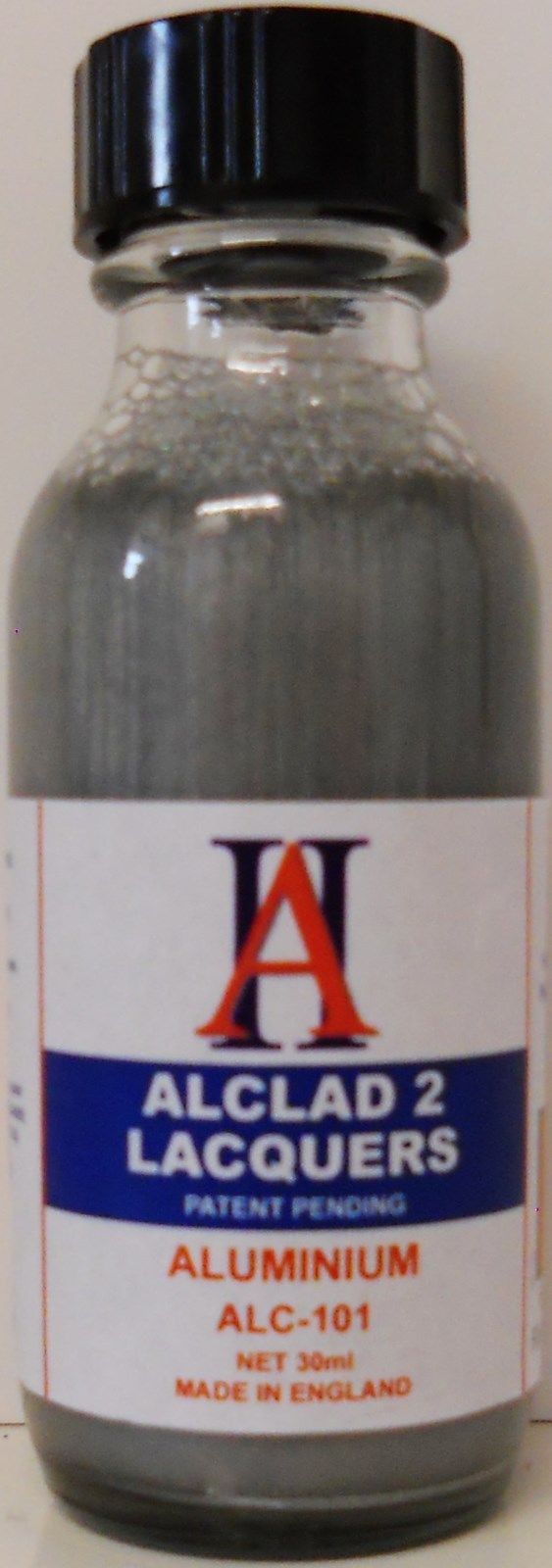Hello,
Now, let's talk about painting plastic (to some extend this also applies to metal). The information below will prove useful, whether you love building small building kits, large planes, ships or tanks or even if you build everything from scratch using various pieces of styrene (the technical name of the type of plastic usually used for modelling).


In all cases the first step is to clean the plastic. This is because during the moulding process, release agent is used and some residues may be left. Just use warm soapy water with, if required, a toothbrush and give all parts a good clean. In case of kits, this is easier done if parts are left on sprues. Leave everything to dry fully for a couple of hours.
Next, comes the fun part: build your model. When done, it is a very good idea to clean it again: when you built it the oil of your fingers got on the parts and will prevent the neat finish you want.
The next step is to prime the model. For this, a spray is best as this will cover the whole model very quickly and will leave only a thin layer of paint (the Modelmates primer are a lot finer than anything else). The primer colour depends on the end colour: for a dark model, go for black or dark grey, for figures or sunlit buildings, go for white or light grey. You have to realise the primer colour will not show but will affect the shade of the end colour. So try avoiding a black primer if you are going to paint your plane yellow...


Whatever the spray can say, leave the model to dry fully for 24 hours before doing the next step.
Now comes the painting. We have already spoken in the past about the various types of paints (enamel, acrylic, lacquer) and the various consistencies (wash, translucent, etc.) so I am not going to repeat it. Just make sure you layer one colour at a time and leave plenty of time for the paint to dry before adding the following layer. Please note that gloss paints tend to take a lot longer to dry.




If you are going to add decals, you need to realise they will stick better to gloss surfaces. It is therefore recommended to give your model a coat of gloss varnish, apply the decal when the gloss is dry (possibly using a setting agent if the area is not flat) and then apply a final coat of varnish (matt, gloss or satin depending on what you require).



In all cases, if you are unsure, simply ask us. The "lady behind the counter" has got lots of experience on the subject and can show you several kits she painted if you need inspiration.
Send us an email or give us a call to check availability or to reserve anything, whatever scale you model in. As usual, if we do not have in stock what you are looking for, we will order it for you and you will get it fast (usually within a week if the manufacturer has it in stock). We place weekly orders with most suppliers.
Remember, you can park for free for one hour on the High Street. And the car park in York Road is still free every Tuesday from 1pm so you can spend the afternoon with us. So no excuse not to come and visit us!
Upstairs Downstairs is open Tuesday to Saturday 10am till 4.30pm, Sunday from 1pm till 4pm. We are closed only on Monday.
Carole & Max
--
Upstairs Downstairs
3 Pier Street
Sandown, PO36 8JR
Isle of Wight
Tel: 01983 406 616
http://www.udiow.com or find us on Facebook
Please forward this newsletter to your friends! They will thank you for it! Simply click here.
If needed, you can update your details (email address, name, etc...) or unsubscribe